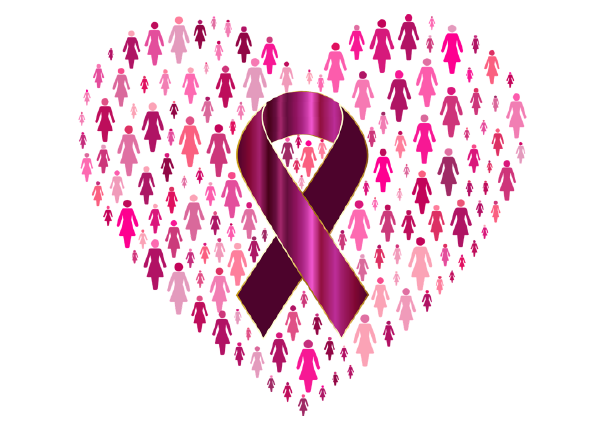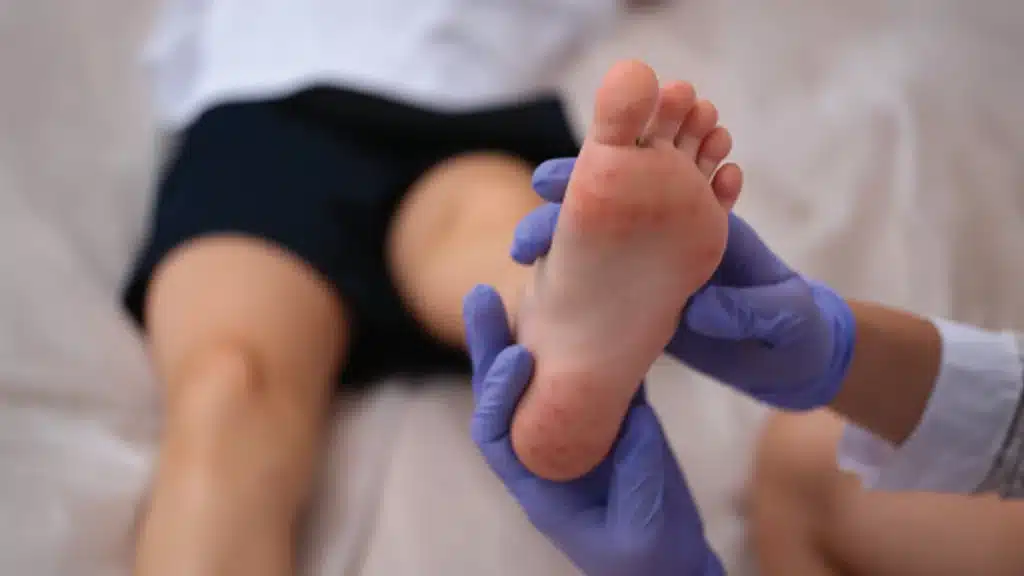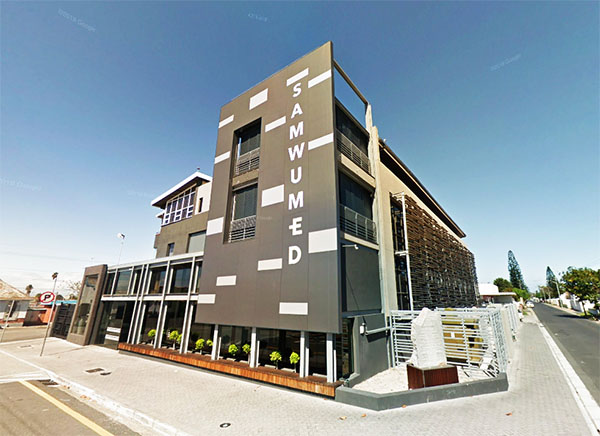COVID-19 has, for the foreseeable future, changed life as we know it and left us in fear for our health and how we can maintain it, especially if we have other conditions to take into consideration.
In South Africa, one in 29 women will get breast cancer in their lifetime. The good news is that the earlier it is detected the greater chances of survival. Therefore, regular breast exams are essential for your health and peace of mind.
HOW TO PREPARE FOR A BREAST EXAM
Self- Help
The best way to prepare for a breast exam is by doing regular breast checks yourself. Do this at least once a month and preferably the same time every month. This way you will become familiar with the monthly changes of your breast and you will have many useful questions to ask your doctor.
Doing a self-exam
- Look at your bare breasts in the mirror while standing up straight. See if there is any unusual rash or swelling.
- Raise your arms and look for anything abnormal in the underarm area.
- Look out for abnormal discharge from your nipples.
- Lie down on your bed and gently feel your breast and the underarm area.
- Feel your chest and collarbone area as well.
- Stand up straight and feel your breasts again.
If you feel anything irregular, make an appointment with your doctor straight away.
Ask questions
Your doctor is open to questions and concerns. Make a list of everything you are worried about before your consultation. Tell your doctor about your family history so that he can know whether you have a high r low risk for breast cancer. You should also ask your doctor when you are supposed to start going for annual mammograms. If your doctor is concerned about your risk or an abnormality, ask as many questions
as you need about the next steps to take.
Remember: You are in charge of your body. Your doctor may be there to help you, but the more you know about your own body, the better the chance to prevent cancer.
ABCs
The clinical breast exam is done by a doctor or gynaecologist in the consultation room. This is what they look for:-
- Rashes or dimples on the breast surface.
- Strange lumps, bumps or discharge from your nipples.
- The doctor will then feel the entire surface of your breasts, underarms and collarbone. This is done to feel for any abnormal lumps and bumps. An abnormal bump can be the size of a pea. Your doctor will assure you if you have lumps that are not a sign of cancer. Usually softer lumps are caused by hormones or a cyst. A cancerous lump will generally be hard and not squishy.
if your doctor finds something abnormal, he/she will analyse the shape, size and texture. Your doctor may refer you to a breast cancer specialist for further screening. This does not mean that you have cancer. It could still turn out that the lump is benign (non-cancerous).
ADDITIONAL TESTS THAT MAY BE ODRERED
Mammogram: If your doctor finds something during your exam, you may be sent for a mammogram. This is a thorough X-ray of your breast tissue. Doctors advise women to start going for a mammogram from the age of 40 or earlier if they have a high risk of cancer.
Ultrasound: This test is used to see what is going on inside your breast. A breast ultrasound is conducted when the result of a mammogram needs to be explored further.
SAMWUMED recognises the importance of Managed Care in the provision of quality healthcare for our members. As such, we have contracted Medscheme as our Hospital Benefit Management, Oncology Benefit Management and Pharmacy Benefit Management Service Provide. For more info, Click here
Sources: https://www.breastcancer.org/about_us/press_room/news/coronavirus
https://www.hellodoctor.co.za/the-best-way-to-prepare-for-your-breast-exam/









